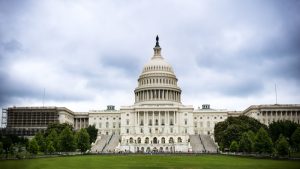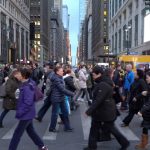The New York State Office of the Comptroller’s IT team wanted to deploy new processes and tools to address their 3,000 employee’s IT service requests, recognizing that delays impact both employees and the citizens they serve.
With 67 percent of millennials wishing for more meaningful work, government agencies must reduce menial tasks and implement digital workflows to “give people more time to do the job they applied to do,” explained John Asquith, Innovation Lead for Government at ServiceNow, during their Knowledge 2019 conference on May 7.
A new report from cybersecurity firm Recorded Future found that ransomware attacks against state and local governments are on the rise.
Rhode Island residents hit by cybercrime have a new place to turn to for help. Beginning today, Rhode Islanders can now dial 2-1-1 to report cybercrime, including online fraud, and receive help with the aftermath, such as re-securing electronic devices.
In honor of World Password Day on May 2, OneLogin released a new report on corporate password practices.
Federal CIO Suzette Kent met with members of the National Association of State Chief Information Officers (NASCIO) today to discuss strengthening the partnerships between Federal and state governments.
North Carolina Attorney General (AG) Josh Stein is urging the Federal Communications Commission (FCC) to adopt new rules proposed in the agency’s FY2018 appropriations authorization bill that deal enforcing rules against caller ID spoofing on calls originating overseas. and spoofing using alternative voice and text messaging services.
California’s Los Angeles County – the largest voting district in the United States – has decided to tackle election security on its own by building custom voting machines.
On Monday, Senator Bob Menendez, D-N.J., announced a bill to provide funding to states to safeguard voting systems from cyberattacks. Citing the Robert Mueller report, Menendez demanded that Congress act to secure election infrastructure from foreign adversaries like Russia, Iran, China, and North Korea.
Panelists representing consumer privacy perspectives discussed an array of strategies for approaching data privacy protection laws at a hearing before the Senate Commerce, Science, and Transportation Committee today.













